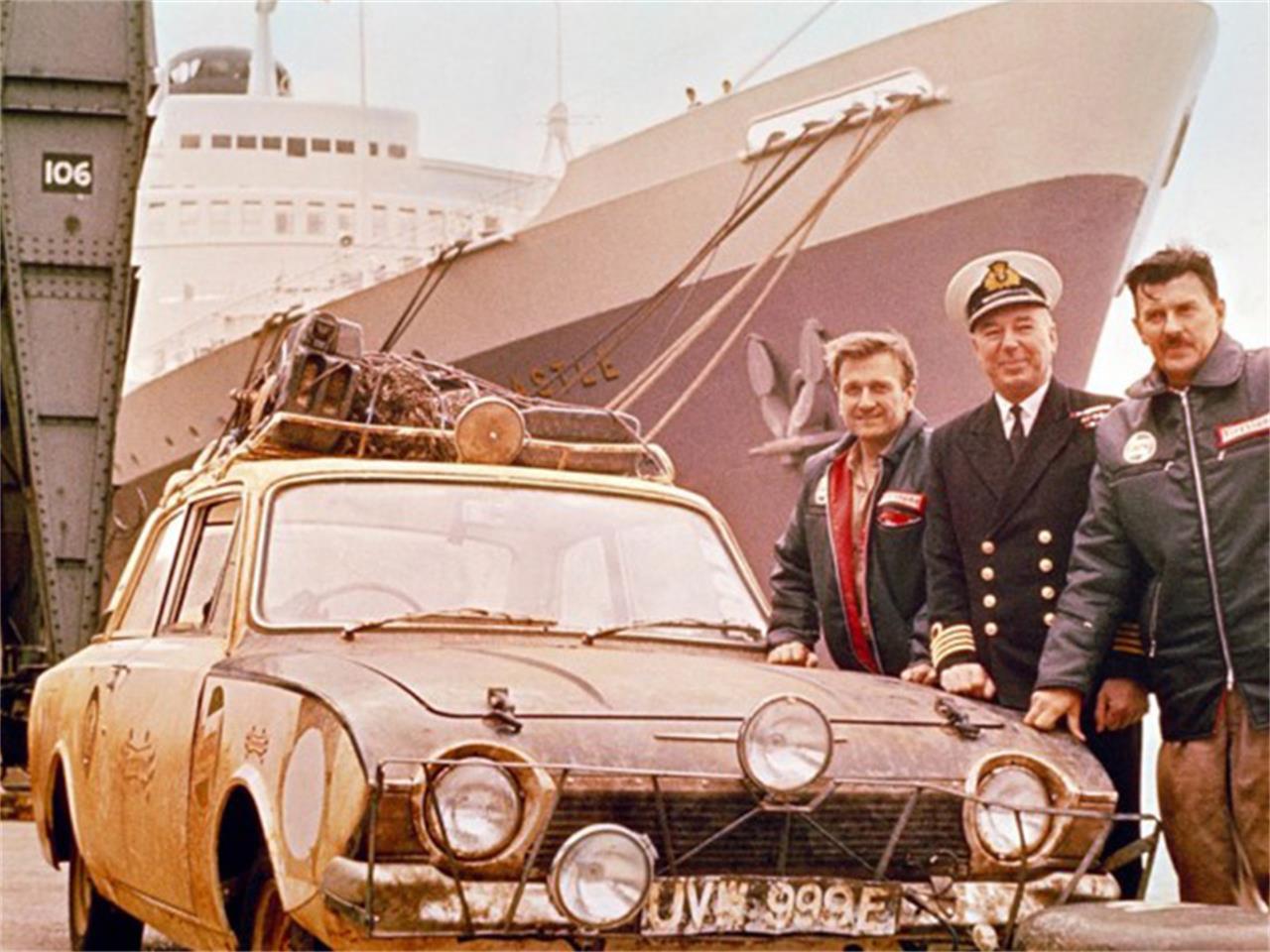High Noon !
I have a 23T. 80mph is about 4100rpm. On the one hand, the engine is rotating more slowly. On the other hand, it's still doing the same amount of work as with a smaller sprocket.
I happily sit at 70mph / 3600rpm. It is smoother than my modern tourer. Not sure I'd be willing to test it to do this all day though, out of respect to the old girl.
With mildly ported head & 32 Mk II Amals , that got a ' sweet spot ' of 80 , with the 2S cam . Which could be awkward in suberbia . On twenty free teef .
Cruise , observe . Opps . Pull down to 60 , observe the scenary . Observe the speedo . Back at 80 . OOPS . 23 gives almost the 19 T 4 th gearing , in 3 rd . Bout 112 mph .
With a 4.00 K 70 Aft , its higher . And'll do 50 foot rooster tails in wet gravel , if youre not carefull .
===========================================================================================================
Any Engine ' Outside Tolerances ' , is gunna go K L A N G , whereas a CAREFULLY RUN IN ONE , if it wasnt built on friday or monday , should stay together .
The W&S NORVIL Valve Springs are PROGESSIVE RATE - like a 55 T 100 R Tiger 500 - With a 8.000 rpm redline ( and 3 piece crank )
THESE are a LOT KINDER on the Valve Gear .
I believe it can get the Big Heavy Lifter thru to the Valve , working like a Newton's Cradle . Ran 16 Thou. ( 3 S ) Clearance .
Sound was as if it ' shot ' the valves open . The Initial Lifter Acceleration unrestrained , so it THREW the Pushrod -
Which ( itself ) threw the force up which the less gregarious ROCKER threw into the less initially ( with the Progressive Rate Spring )
linearly restrined ! ( or less witheld ) VALVE .
Sort of a matched enhanced actuation ! . far as I could tell . As In , if you get momentus missmatched - like in a WORN engine ,
the forces can be CUMULATIVE and the stress MULTIPLIED ,
Whereas if theyre all acting in harmony - it sounds like a well tuned orchestra - tho perhaps more vicious .
AND in days of yore , NIMONIC Valves were all the Rage , like in Bonnevilles .
The less thermal derangement in the chambers ( No nasty ' hot spot ' ) gave enhaced combustion , and hopefully removed the danger of pre ignition .
And Explosions.
Mechanical Ones .
From Miss Phased Combustion .
Which we can see is dissharmonious .
Like wot we were saying .
L J K's Thermo which wot theory , which is wot itis . If'n it isnt THERMMALLY CONTROLLED , itll never work. Properly .
Whereas if its thermally coplemetary , it should go like stink . If the Coils are up to it . And other things . And nobodys got a hangover .



